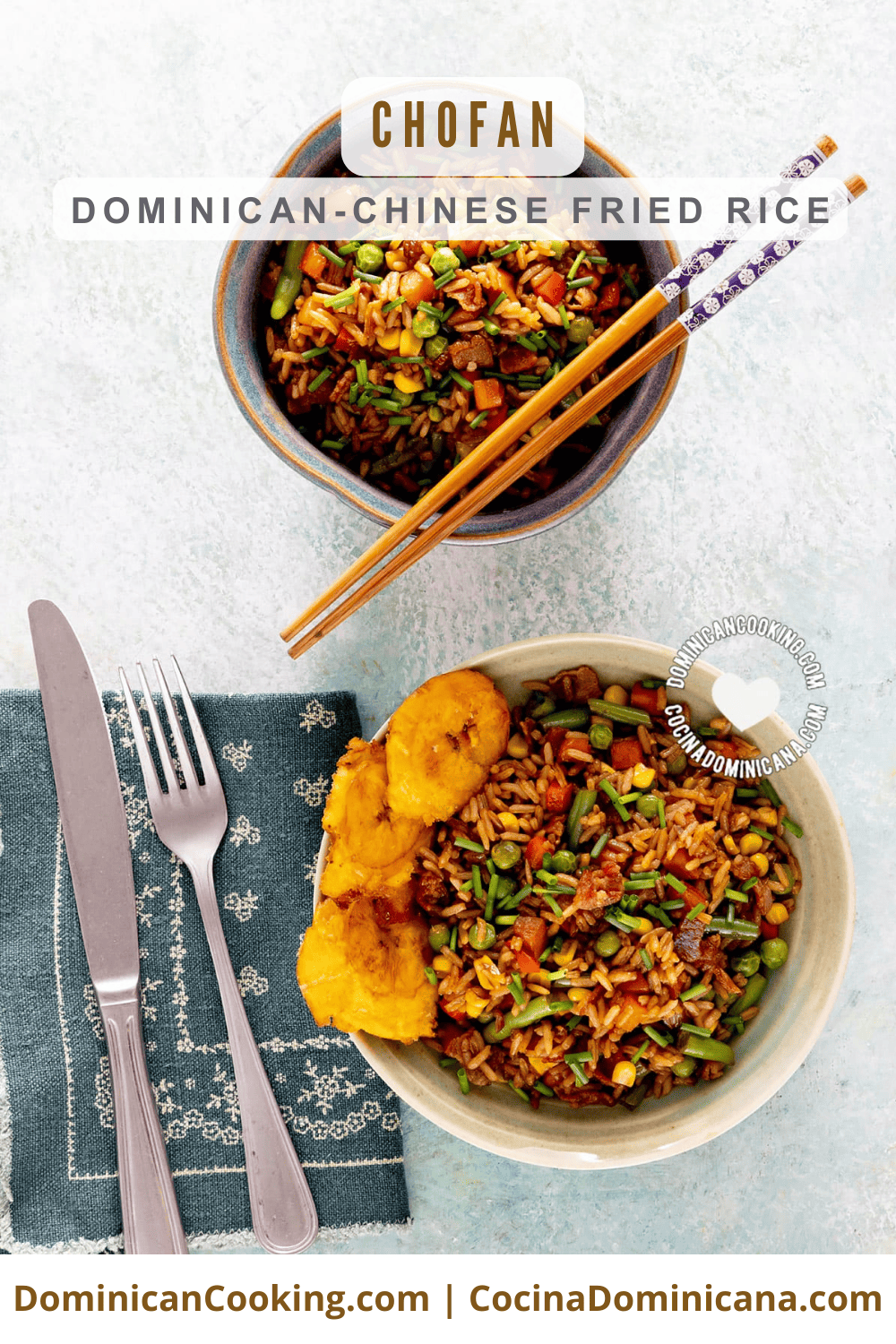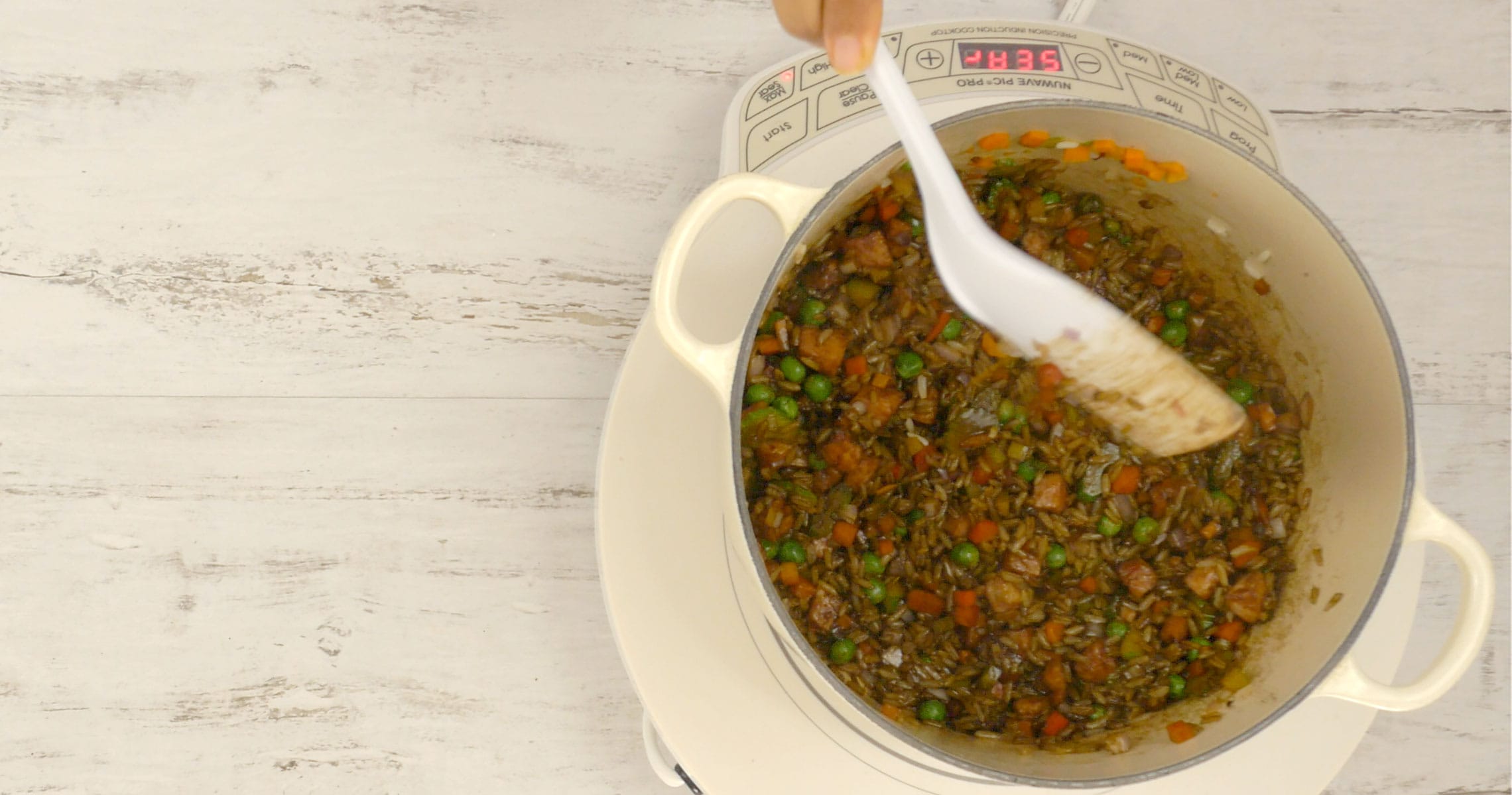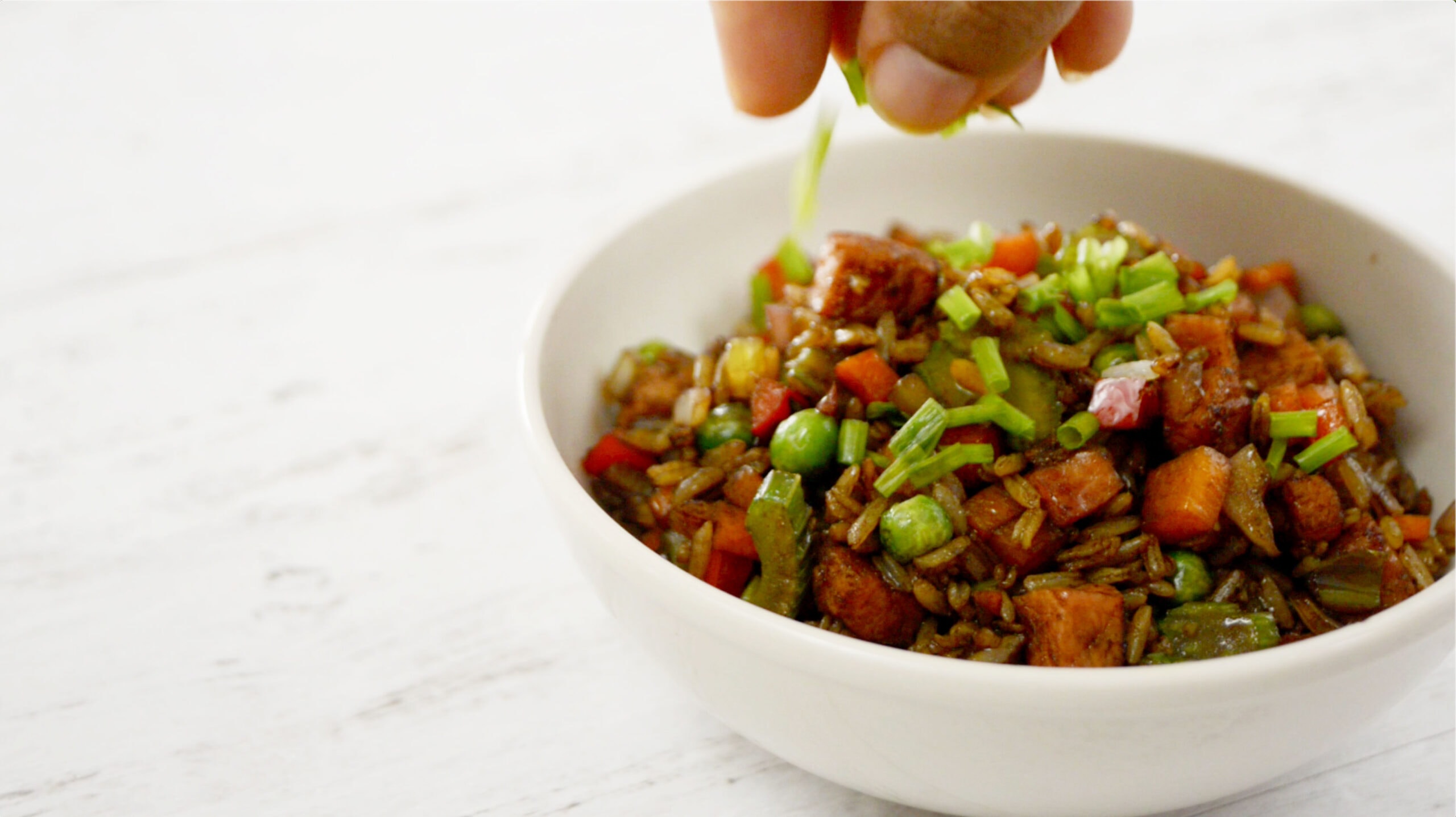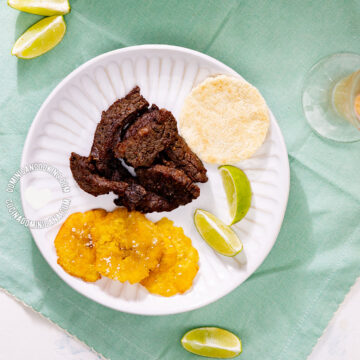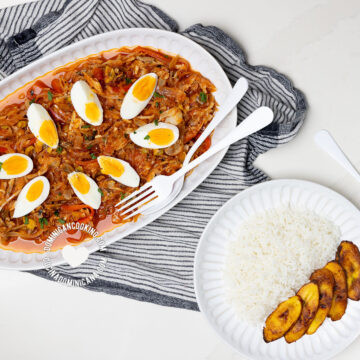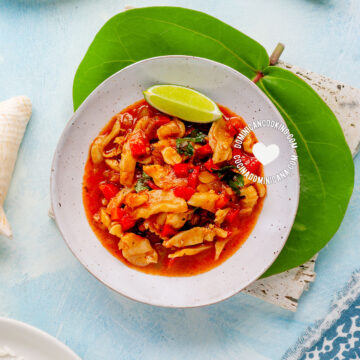Chofan (Dominican fried rice or Chow fan) is just one example of the Chinese-Dominican community's influence in our cuisine. A humble, flavorful, inexpensive dish, it can be found anywhere, from Calle Duarte in the Santo Domingo Chinatown to remote Dominican towns.
By - Last reviewed . Published Jan 27, 2005
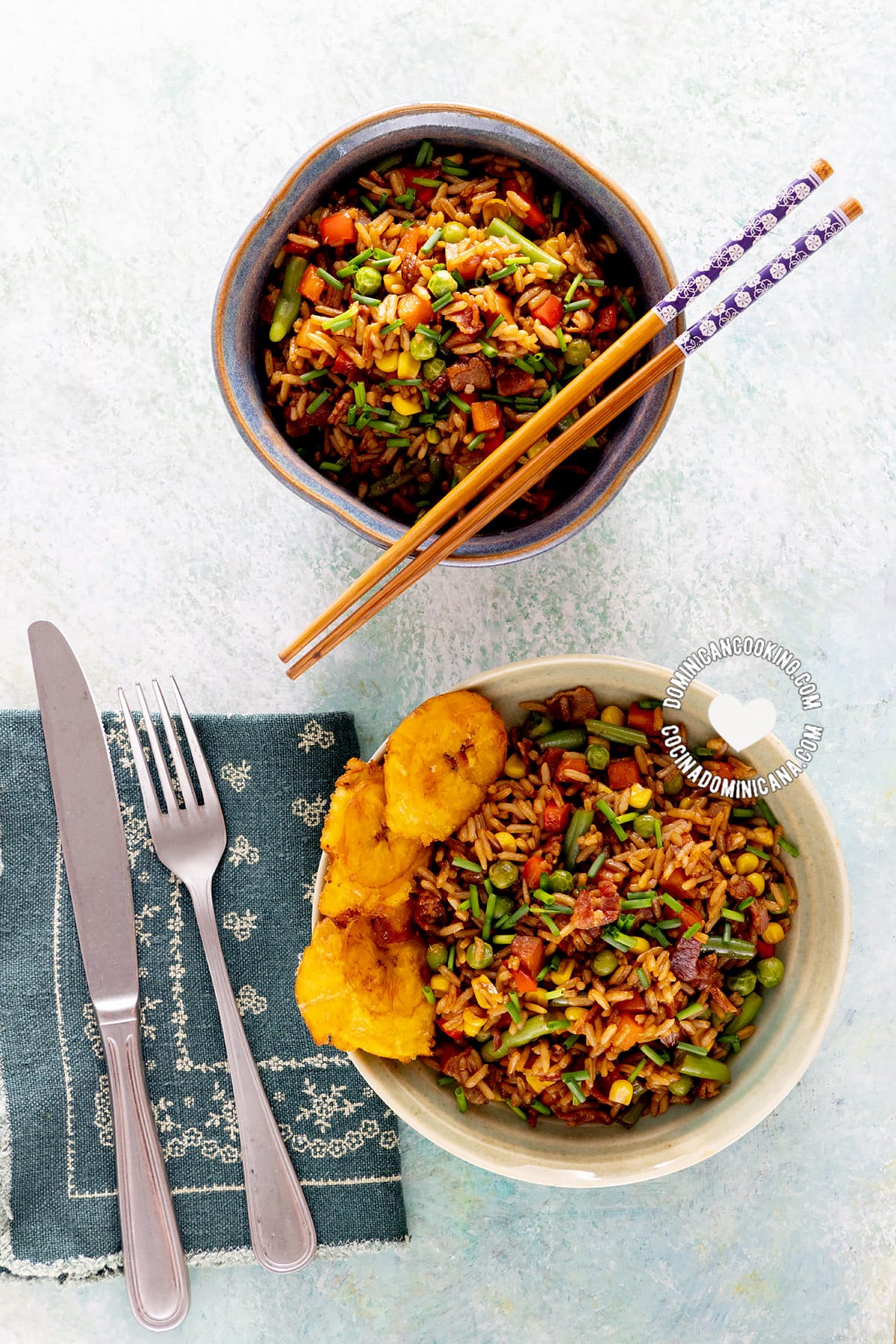
Why we ❤️ it
Like all dishes that have been aplatanados (dominicanized), this chofan recipe has differences from the original Chinese fried rice recipe. This flavorful and filling way to reuse leftover Arroz blanco is one of the top-most searched rice dishes on our blog.
In this chofan recipe, I tried to recreate the flavors from my favorite humble Chinese joints on Calle Duarte and Mella Ave. in Santo Domingo, where I had many a weekend lunch when I lived in La Capital.
From Chow Fan to Chofán
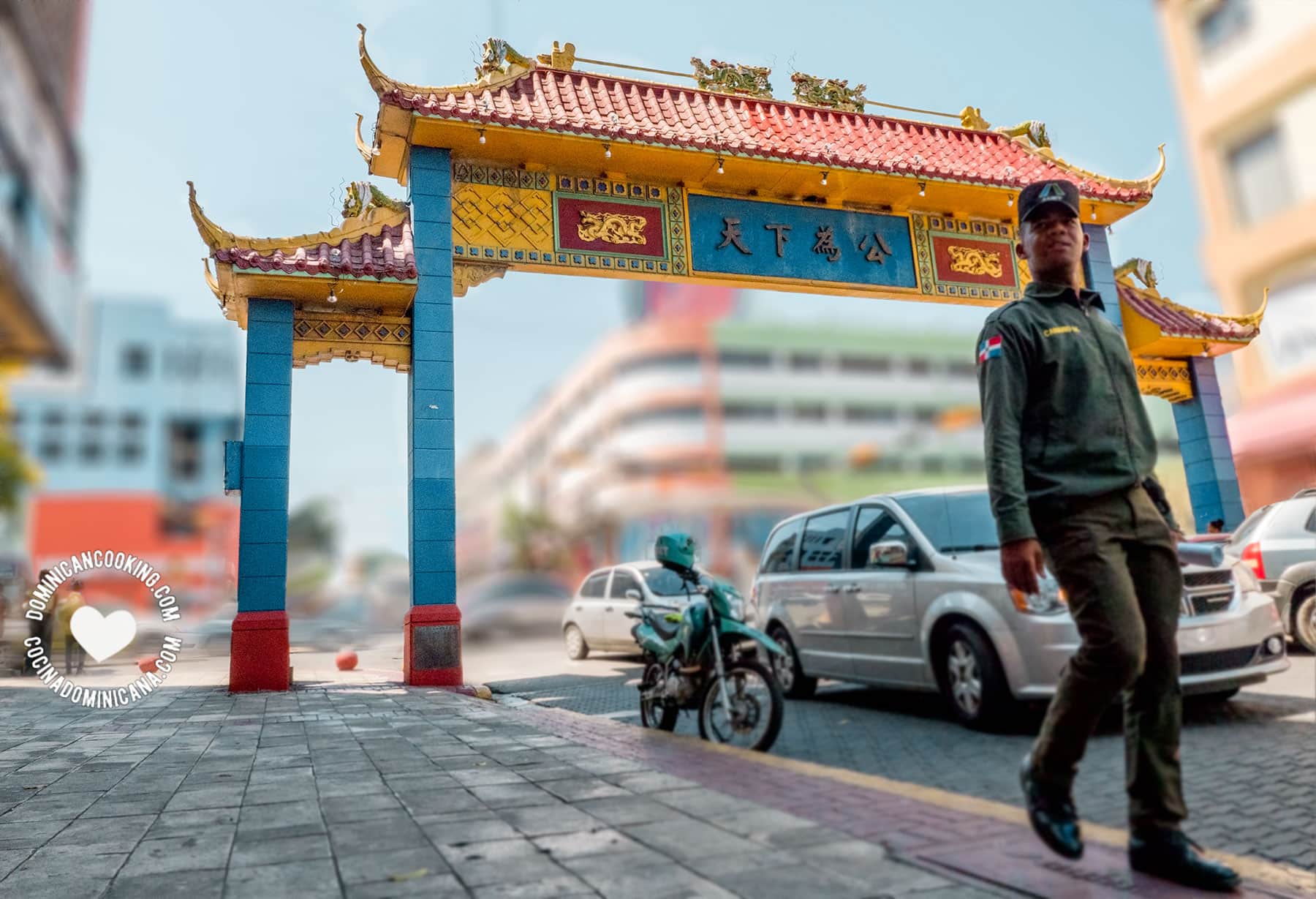
Wondering what Chofan – an Asian-looking dish – is doing in a Dominican food blog? Here's something interesting for you...
Over 30,000 people of Chinese origin live in the Dominican Republic, and their influence in many areas of our culture, commerce, academia, and gastronomic heritage is quite obvious.
Learn more
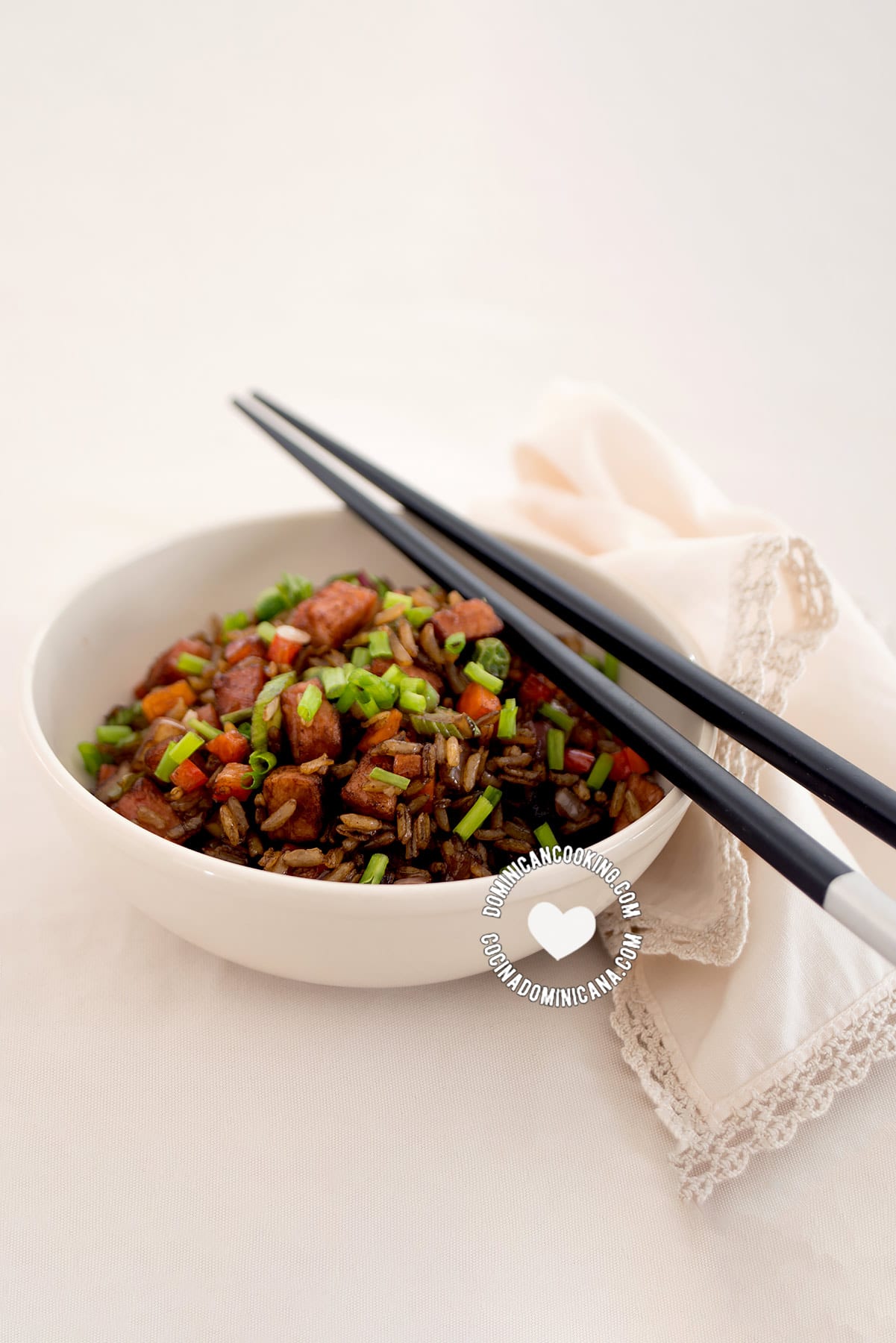
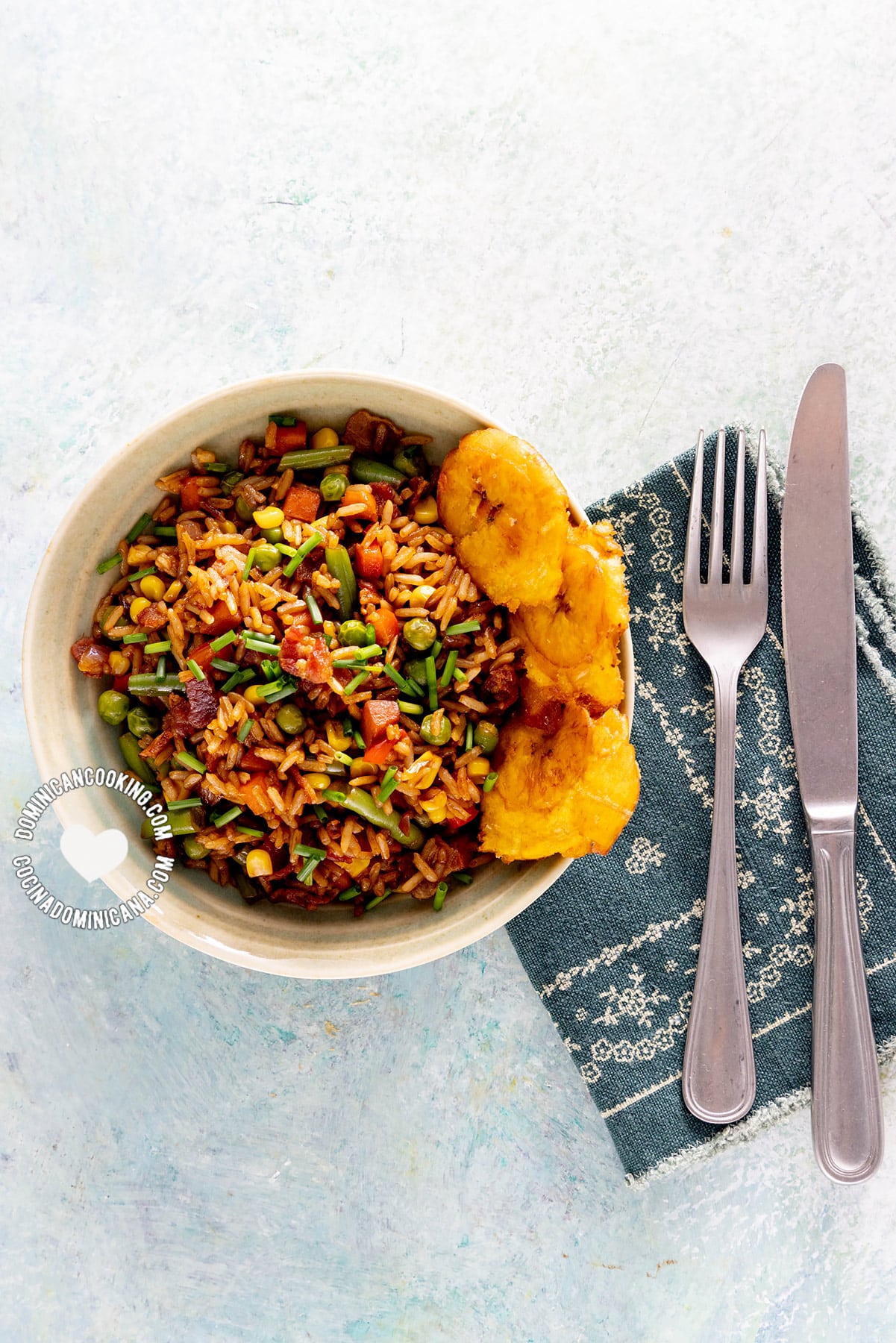
Chofán (arroz frito "chino")
Top tips
- Cooking order: The main secret to great fried rice resides mainly in the order in which the ingredients are fried, the long-cooking ones go first, and the ones that require short cooking times go last. That way, they all cooked through but never mushy.
- Chicken chofan: To make Chofán de pollo (chicken fried rice), just use diced rotisserie chicken instead of pork chops. You can also brown two raw chicken breasts, diced and seasoned with some salt, onion, and garlic powder.
- Vegan: You can make a vegan version with just vegetables, perfect to serve as a side dish with some tofu chopsuí.
- Other variations: You can use very thinly sliced pork, smoked ham, and even Dominican salami! My favorite is chofán de camarones (fried rice with shrimp).
- Rice: Dominican fried rice is best made with leftover Arroz blanco (white rice). Keep all those bits of leftover rice in the fridge, and you won't have to cook rice from scratch for this dish.
- Adding water: Do not add water while cooking. The vegetables release enough liquid to rehydrate the rice. You don't want mushy chofán; it's supposed to be "bien graneado".
- Eggs: You can serve it topped with scrambled eggs, as it is often found in our restaurants.
About our recipe
The first thing you must know is that even in the restaurants of Chinese-Dominican owners there is no "authentic" or standard way to do this dish. Different versions can be found with different meats, vegetables, or seafood, and there are also different ways to make homemade "Chinese rice".
In this recipe for Dominican chofán, I have tried to recreate my favorite of the Chinese restaurants of La Duarte and La Mella avenues (in Sto. Dgo.), which I frequented in my years as a university student with little budget to eat out. Dominican chofán is one of my favorite dishes to reuse leftovers.
If you have a favorite chofan dominicano, we'd love to hear it. Do you add any extra veggies? Let me know in the comments!

Video
Recipe
This awesome free recipe contains Amazon affiliate links, we receive a small commission from any purchase you make at no extra cost to you. Thanks for your support!
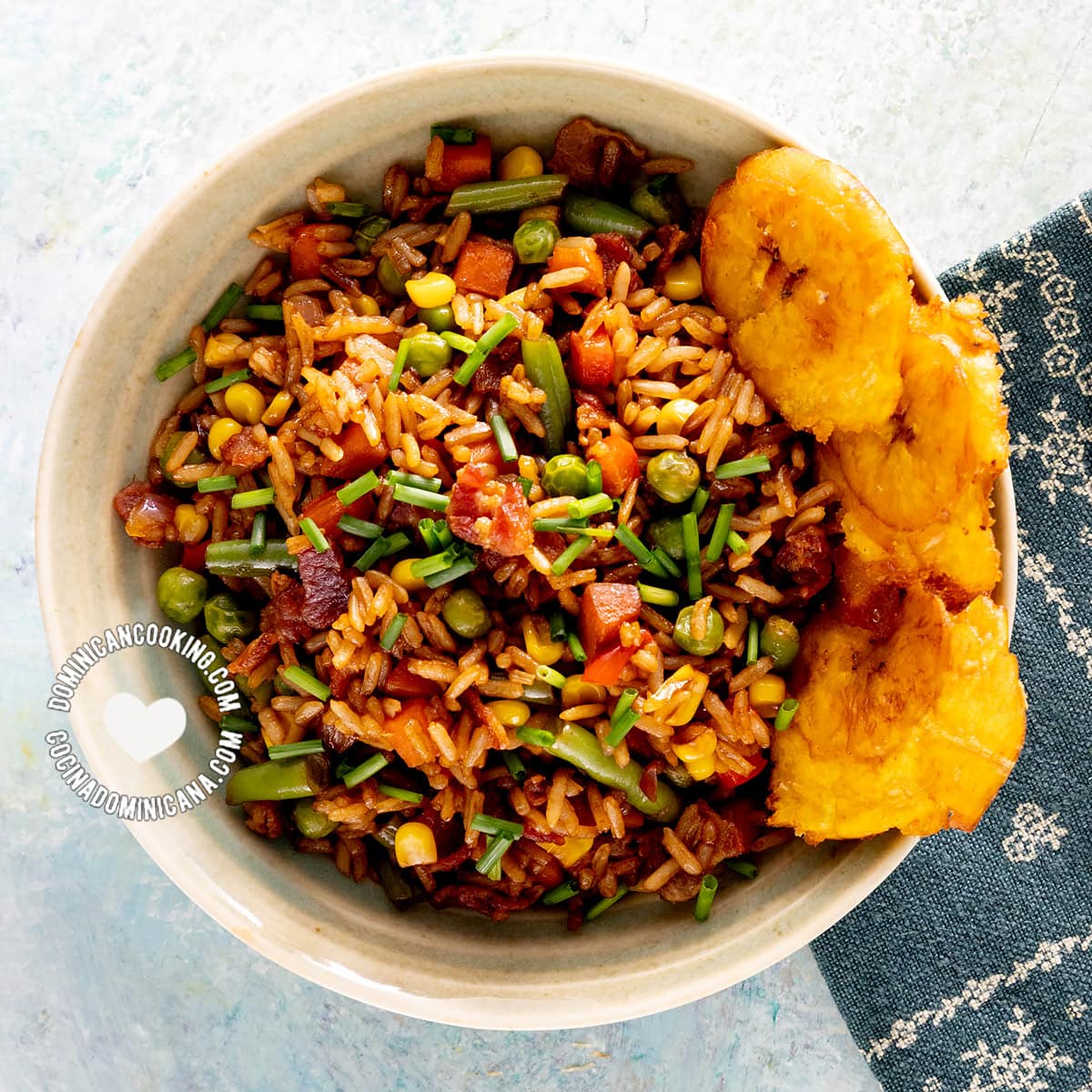
Chofan [Recipe + Video] Dominican Fried Rice Chow Fan
Ingredients
- 3 tablespoons vegetable oil, (peanut, corn or soy, see notes)
- 1 pound boneless pork chops, diced
- 1 large carrot, diced
- 1 celery stalk, sliced
- 1 red bell pepper, or green bell pepper, diced
- 1 large red onion, diced
- 8 cups cooked white rice (arroz blanco per our recipe), made with our recipe (see notes)
- ¼ cup of blanched green peas [petit pois - may be canned], (optional)
- ¼ cup blanched green beans, or canned (optional)
- ¼ cup soy sauce, or to taste
- ¼ cup of chives diced finely, (or scallions, if you don't have chive)
Instructions
1. Cook vegetables
- Heat the oil over medium-high heat in a wok (or large skillet or a big pot, if you don't have a wok). Add the pork chops and cook and stir till they brown. Add the carrots and cook and stir for 30 seconds. Add the celery and cook and stir for another 30 seconds. Add bell pepper and onion and sauté and stir for 30 seconds.
2. Cook rice
- Add the cooked rice, and the peas and green beans, (if you use them) and mix well until there are no clumps of rice left. Drizzle with soy sauce to taste and mix well.
3. Serve
- Remove from the heat and serve. Garnish with the chives.
Cook's Notes
Nutrition
Nutritional information is calculated automatically based on ingredients listed. Please consult your doctor if you need precise nutrition information.
Want to save this recipe?
Enter your email & I'll send it to your inbox. ❤️ Plus, get great weekly recipes from me!
More rice recipes
The popularity of rice in Dominican cuisine precedes the arrival of Chinese immigrants to the country, and many of our most popular Dominican rice recipes can be traced back to our Spanish heritage. Dishes like Arroz blanco, Moro rice, and Locrios are served every week.
FAQs
Chofan is made by sauteing vegetables, meat, and cooked white rice in oil heated over medium-high heat, then adding soy sauce. The resulting mixture is flavorful and rich, and the vegetables remain slightly crunchy.
Also spelled chow fan, Chowfan is a westernized version of Chinese fried rice. In Latin America in can be found spelled as chofan (Dominican Republic) or arroz chaufa (South America).
The main secret to great fried rice resides mainly in the order in which the ingredients are fried, the long-cooking ones go first, and the ones that require short cooking times go last. That way they all cooked through but never mushy.


